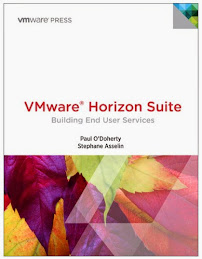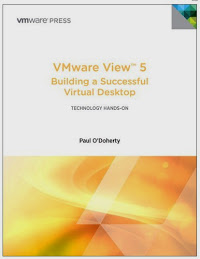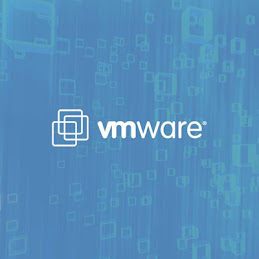Over the last few years very few customers have integrated some of the more advanced features of virtual infrastructure. For example, products such a VMware vShield have been available for sometime and are included in vSphere bundles but few have integrated them completely. This is either because the benefit is not clear or because their has been no real driver to add additional layers of complexity to internal virtual server environments. This has created a bit of a problem for VMware in moving customers to adopt additional products.
Much has changed however with the advent of Cloud services that offer externally hosted infrastructure or Infrastructure as a Service (IaaS). If you look carefully at these solutions, they offer several features that are not available from a user perspective in traditional virtual infrastructure:
Self-service: When you subscribe to IaaS sites you are presented a portal from which you can deploy various different templates without the need to contact an IT department.
Automation: The process from start to finish is designed to secure payment and provide services in the quickest time possible to ensure the provider can start billing and the user start deploying.
Advanced Networking: Most providers allow some control over networking configurations to allow you to present or not present the vms or the application services within them.
Many customers are starting to look at these features from hosting providers and understand how they might integrate them in internal environments. There is strong interest in products such as VMware vCloud Director, which has moved from version 1 to 1.5. In combination with vCloud Director, Service Manager (which allows you to deliver ITIL process automation) is being integrated into Director environments. The last product that allows customers to deploy a Cloud like service internally is vCenter Chargeback Manager. Even for customers who are unlikely to 'chargeback' they find it beneficial to be able to 'show back' the cost to avoid an overallocation of capacity in their virtualization environments.
It is this combination of solutions that allows customers to build on on-premise service oriented architecture that demonstrates advanced virtualization automation. Even if the customer intends to look at 3rd party Infrastructure as a Service, deploying an on premise virtualization automation environment will inform IT teams, ensuring better decisions are made. Whether it is to understand what new features are needed in existing virtualization environments or to better understand the options, deploying these products on premise is a good idea.
A view point ensures you are developing a position from which to form a strategy. The deployment of vCloud Director, Service Manager and Chargeback manager internally can deliver a better understanding of the change required to enable your journey to the Cloud. It also ensures you have a tangible reference for the combination of services required to get there.
- Posted using BlogPress from my iPad
Subscribe to:
Post Comments (Atom)





As a Dell employee I think your blog on Virtualization automation is really impressive. I think Server virtualization is the masking of server resources, including the number and identity of individual physical servers, processors, and operating systems, from server users. The server administrator uses a software application to divide one physical server into multiple isolated virtual environments.
ReplyDelete